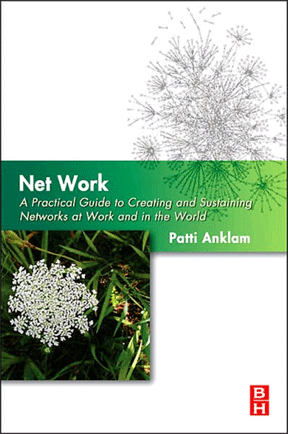Networks and Heterarchies
I was recently invited to participate in a published “panel” on the topic of heterarchies for the People and Strategy Journal, a quarterly publication of the Human Resource Planning Society. The lead article “An Argument for Heterarchy: creating more effective organizational structures” was written by Karen Stephenson, who has a gift for describing network concepts, in this case, the emergence of what she describes as a new network form, the heterarchy.
She describes heterachy as an “organizational form somewhere between a hierarchy and a network that provides horizontal links permitting different elements of an organization to cooperate, while they individual optimize different success criteria.”
Now, I have used the term heterarchy myself in a more specific way (referring to closely knit social networks), but have no objection to the introduction of this topic in a prestigious HR community. It’s important to get the word out: we are everywhere seeing the importance of understanding connections within and among corporations, institutions, and groups, profit and nonprofit alike.
I was one of eight experts invited to respond to Karen’s article. It’s exciting to be published among such respected thinkers as Ed Schein, Charles Handy (I’ve been a fan since I first read The Age of Unreason in the early 90s), and Art Kleiner, as well as colleagues Ross Dawson and Tracy Cox of Raytheon. Ross blogged about this article himself, including his own response to the article, and posted a copy of the PDF.
Karen is at her best when talking about the importance of relationships, particularly when it can be too easy for companies to declare a strategic “alliance” and forget about the myriad connections that need to be made at all levels in an organization. My response focused on the ways that heterarchies may emerge and form (top-down, bottom-up, or shaped) and then asks the question,”okay, what happens next?” If we see a heterarchy emerging, what is the real work that needs to be done? As Karen puts it: “Connection by technology without trust is merely traffic.” Overall, the article and its responses make for great conversation.
end of script


